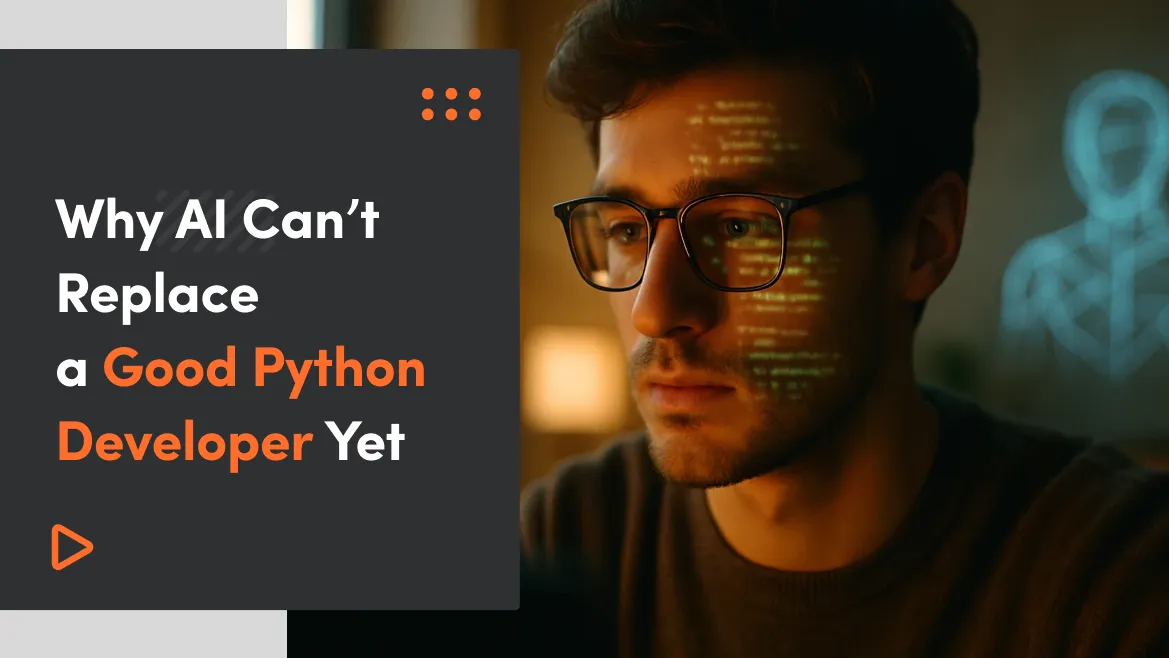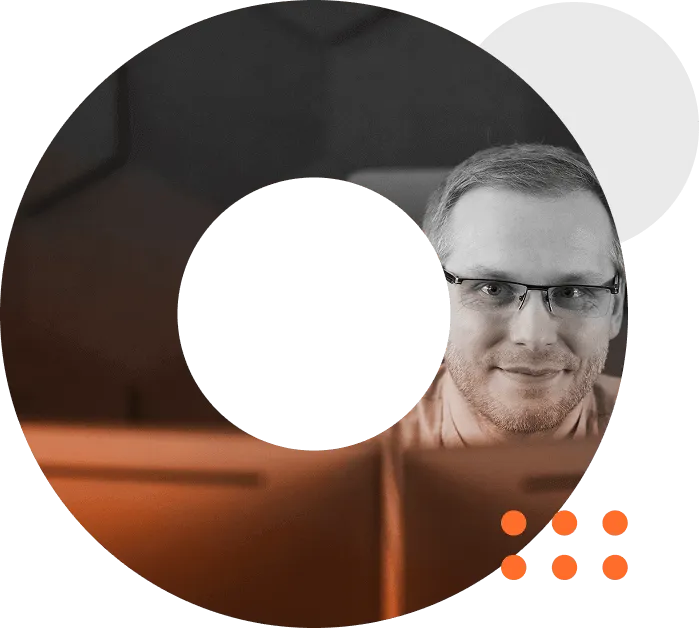Artificial Intelligence has made stunning progress in recent years. From generative models that can produce working snippets of Python, to automated tools capable of analyzing, debugging, and even refactoring legacy systems, it sometimes feels as if software development is on the verge of being fully automated. Headlines and tech demos fuel the narrative that AI could one day make human programmers obsolete. And yet, the reality inside real-world projects tells a different story. Despite all the hype, AI still cannot replace the deep expertise, creativity, and contextual judgment of a skilled Python developer. Writing sustainable software isn’t just about producing lines of code — it’s about solving problems with clarity, foresight, and accountability.
This article explores the critical dimensions where human developers continue to outpace machines: from understanding business context and anticipating edge cases, to collaborating with teams and ensuring ethical responsibility. Together, these factors show why the future of programming will not be AI instead of developers, but AI alongside developers.
Code is More Than Syntax
At first glance, writing code might seem like a purely technical exercise: arrange the right words and symbols in the right order, and the computer will obey. That’s exactly the level at which AI tools excel — producing snippets that run without errors. But software engineering has never been only about making code execute.
It’s about designing solutions that are maintainable, secure, and scalable over time. Every meaningful piece of software must account for change: new teammates joining the project, new business requirements emerging, and unexpected system demands under real-world conditions.
A human developer considers trade-offs:
- Should this be a script or a service?
- How will future team members understand this logic?
- What happens under high load, or when new features are added?
AI tends to optimize for what looks correct in the moment, but a developer builds with architecture, readability, and long-term evolution in mind. That long-term perspective is what separates a quick fix from a sustainable solution. Good developers design with future teammates, new requirements, and unexpected challenges in mind — ensuring that the codebase grows as an asset rather than a liability. In this sense, code is not just instructions for a machine, but a living system shaped for people, teams, and businesses to rely on.
Understanding Business Context
A good Python developer doesn’t just write functions—they understand why they are writing them. Business rules, user experience, compliance requirements, and integration with other systems all shape how software should be written.

For example, an AI might generate a generic inventory management script. But only a developer can adapt it to the specific workflows of a retailer, ensure it integrates with payment systems, and enforce local tax regulations. Code without context is like a skeleton without muscles—it doesn’t move. Business context is what gives software its real-world functionality and value. A skilled Python developer bridges the gap between technical possibilities and organizational goals, asking questions such as: Will this solution improve customer experience? Does it comply with industry regulations? Can it adapt when business strategy changes?
This awareness turns code into a business enabler rather than just a technical artifact. It’s not enough for software to function — it must align with workflows, deliver measurable impact, and evolve alongside the company’s growth. That’s where developers add unique value: they don’t just solve coding problems, they solve business problems through code.
Try our developers.
Free for 2 weeks.
No risk. Just results. Get a feel for our process, speed, and quality — work with our developers for a trial sprint and see why global companies choose Selleo.
Debugging and Problem-Solving Under Pressure
AI is good at producing first drafts of code. But when something goes wrong—an obscure bug, an API breaking change, or a security vulnerability—troubleshooting requires curiosity, critical thinking, and sometimes intuition built over years of debugging.
A developer can:
- trace issues across multiple layers of the stack,
- recognize subtle performance bottlenecks,
- ask “what if” questions that anticipate edge cases AI may overlook.
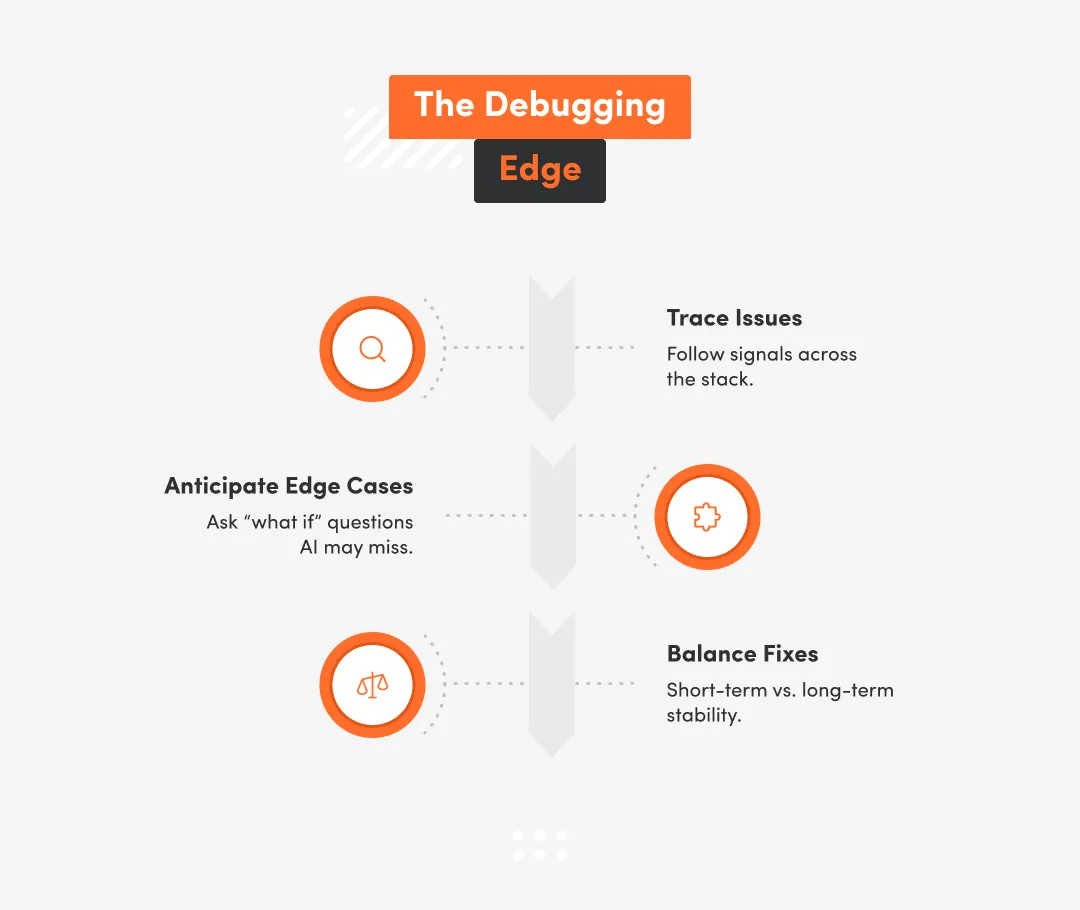
In other words, when the unexpected happens, it’s still the human developer who saves the day. Unlike AI, which relies on existing patterns, a developer can improvise, experiment, and pivot under pressure. They know how to balance short-term fixes with long-term stability, and when to rely on instinct versus formal process. Debugging is often less about following a script and more about creative investigation — tracing faint signals, forming hypotheses, and testing them quickly. That ability to stay calm, resourceful, and inventive under stress is what keeps critical systems running when it matters most.
Collaboration and Communication
Software is rarely written in isolation. Python developers work with product managers, designers, QA engineers, and end-users. They need to communicate complex technical ideas in plain language, participate in code reviews, and mentor junior developers. AI can generate pull requests, but it cannot join a strategy meeting, balance stakeholder priorities, or defend a design decision with sound reasoning. Building software is a human team sport, and developers bring empathy, negotiation, and leadership skills that AI lacks.

Collaboration is not just about exchanging code — it’s about aligning visions, resolving conflicts, and making trade-offs that balance technical feasibility with business priorities. A skilled Python developer can translate stakeholder needs into technical solutions, mentor teammates through challenges, and build trust across disciplines. These human connections are what turn lines of code into successful products. AI may assist with execution, but it cannot foster the shared understanding, accountability, and culture that make teams thrive.
Ethics, Responsibility and Trust
AI models don’t carry responsibility for the systems they generate. A developer, however, is accountable for ensuring the code is ethical, secure, and aligned with industry standards. Whether it’s protecting user data in a healthcare app or ensuring fairness in an AI-driven hiring platform, trust rests on the human decision-makers behind the code.
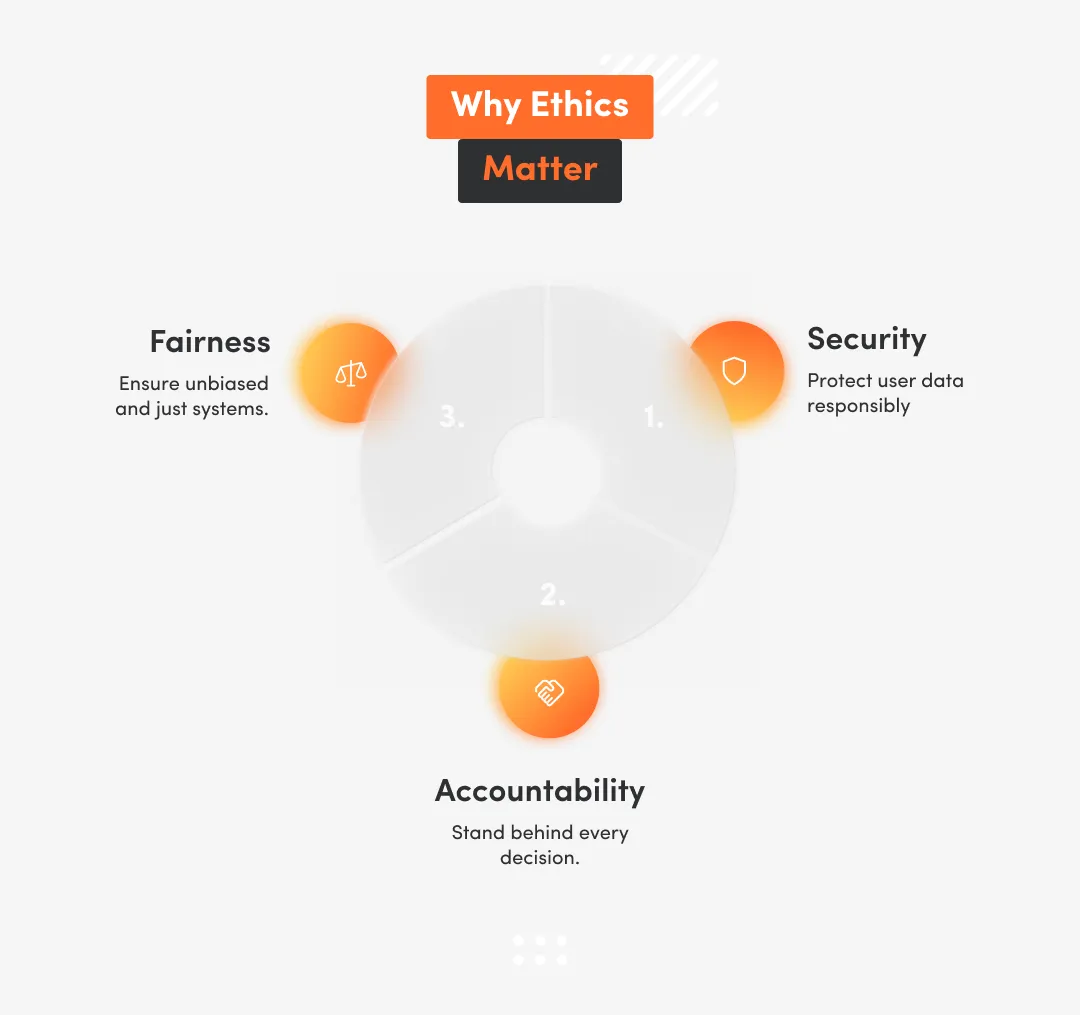
Until AI can assume moral responsibility, the role of the developer remains irreplaceable. Ethics in software is not an afterthought — it’s built into every decision about data handling, system design, and user experience. Developers carry the weight of those choices, knowing that real people’s lives, privacy, and opportunities are affected by the code they produce. Unlike AI, which operates without conscience or liability, a developer understands that every line of code can have social, legal, and human consequences. That sense of accountability is what turns technology into something society can trust.
AI as a Partner, Not a Replacement
This doesn’t mean AI is useless in programming—far from it. In fact, its real value emerges when it works alongside human expertise. Modern developers increasingly treat AI as part of their toolkit, not a rival. It can take over repetitive tasks, surface ideas that might otherwise take hours to research, and provide quick scaffolding that frees engineers to focus on higher-order design and decision-making.
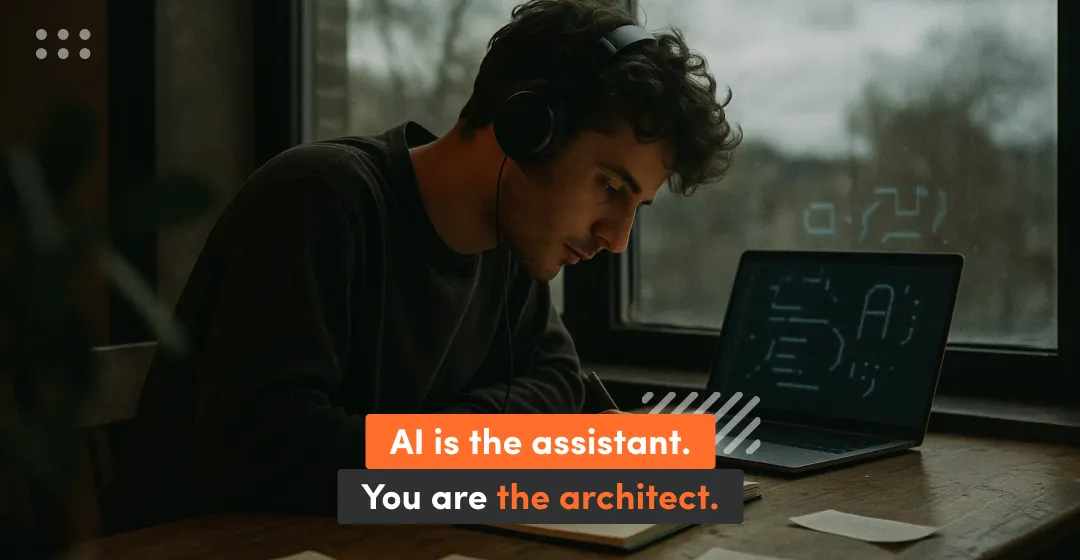
In practice, the best developers today use AI as a power tool:
- autocompleting boilerplate code,
- generating test cases,
- suggesting alternative implementations,
- accelerating learning by providing instant examples.
But it’s the human developer who decides what to accept, reject, or adapt. AI is the assistant; the developer is the architect.This partnership shifts the conversation: the future of software isn’t AI versus developers, but AI with developers. The more skilled the developer, the more effectively they can wield AI as a tool — not just to write faster code, but to build smarter, safer, and more impactful systems. In this way, AI becomes a force multiplier, but the vision, responsibility, and direction will always come from people.
Conclusion
AI has undeniably revolutionized the way we write and interact with code. It accelerates routine tasks, lowers barriers to entry, and opens new possibilities for experimentation. Yet, it has not (and cannot yet) replace the creativity, judgment, and holistic understanding of a skilled Python developer. Code is more than execution — it is architecture, communication, and responsibility woven together to serve real human needs. Great developers bring qualities that no machine can replicate: business insight shaped by context, resilience in the face of unexpected problems, and the ethical accountability that ensures technology serves people responsibly. They don’t just produce code — they design systems that adapt, scale, and earn trust over time.
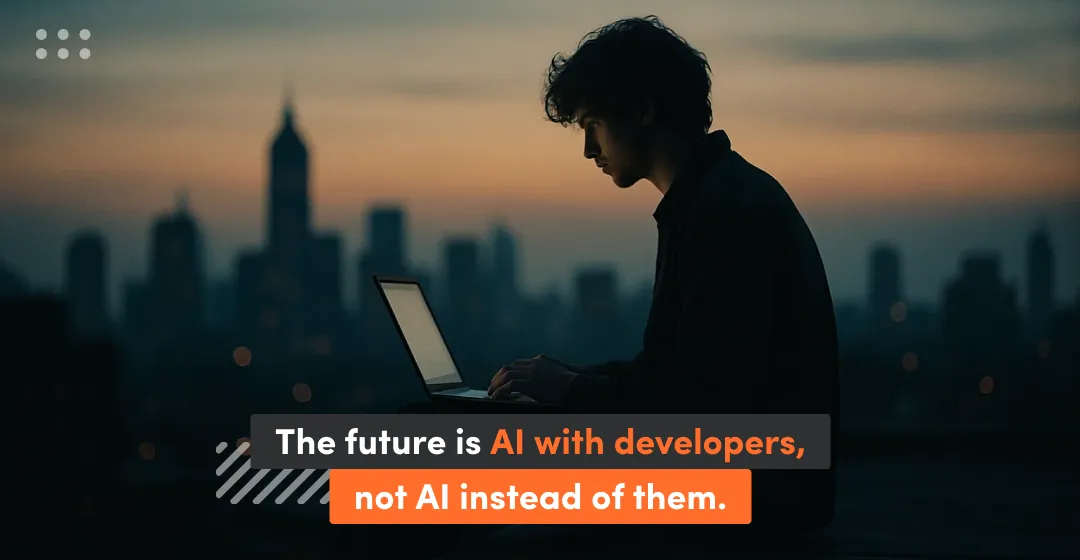
For now, and likely for a long time, the future of software isn’t about AI versus developers. It is about AI with developers. And in that partnership, the good Python developer remains the cornerstone of meaningful, reliable, and impactful software. Companies that recognize this — and invest in developers who know how to harness AI without surrendering judgment — will be the ones to build products that last, inspire, and lead.
